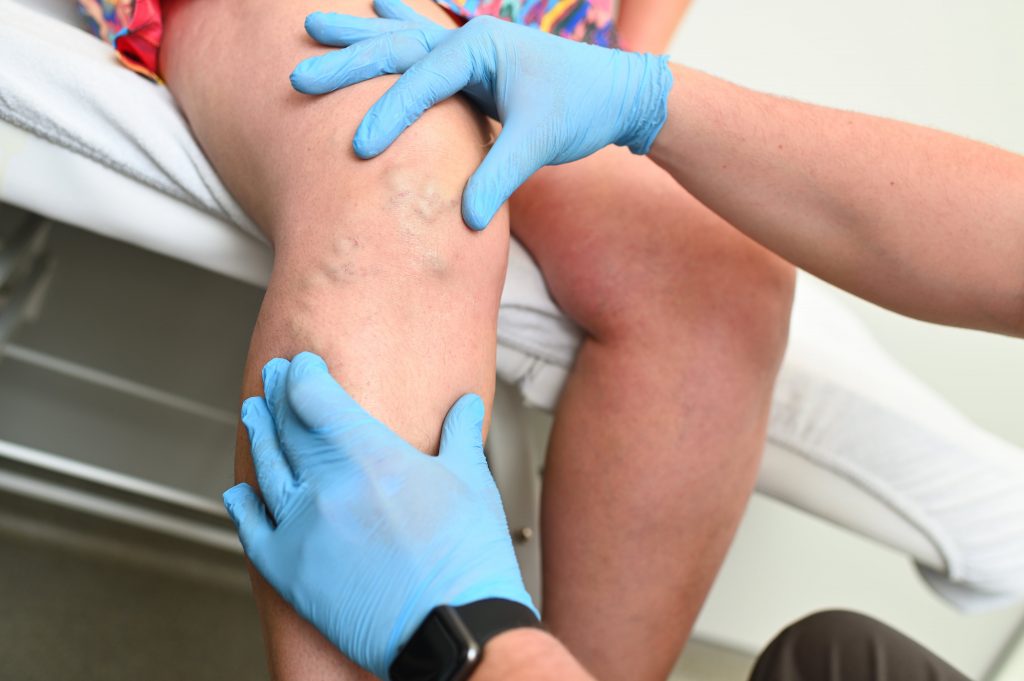Varicose veins are a widespread condition that affects millions of people worldwide. These swollen, twisted veins often cause pain and swelling in the legs, as well as being an indicator for developing blood clots, ulcerations and other health complications.
How to Treat Varicose Veins
Your doctor is likely going to start by conducting a physical examination. They’ll ask about any symptoms you experience, such as leg aches or discomfort. Your physician may also do a test called venogram or ultrasound to check blood flow and detect any underlying problems such as blood clots.
Treatment for Varicose Veins
Many treatments exist to improve the appearance and reduce symptoms caused by varicose veins. Some are non-invasive and can be done from home; others require surgery that involves visiting a doctor’s office for an incision and stitches.
How to Prevent Varicose Veins
Exercise regularly, lose weight and elevate your legs when resting can help prevent varicose veins from forming. Your doctor may also suggest compression stockings which provide gentle pressure on leg muscles while decreasing blood pooling and the appearance of varicose veins.
Your doctor may suggest exercising to tone your calf muscles and promote better blood flow. Additionally, losing weight may improve circulation and ease pressure on varicose veins.
Healthy veins contain a series of one-way valves that open and close to allow blood to move from your heart to other parts of the body. If these veins become weak or damaged, blood can flow backwards into varicose veins, causing them to swell, look twisted, purple or blue in coloration.
Varicose veins are commonly caused by weak vein walls and valves, though some people develop them for unknown reasons. Risk factors for varicose veins include smoking, being overweight or obese, aging and pregnancy.
Prevention of Varicose Veins
Normal veins carry blood from your legs to your heart with ease. Tiny one-way valves in these veins open and close to let blood pass, keeping it from flowing backwards.
When your veins aren’t functioning correctly, blood that should flow to your heart instead pools within them. This increases venous pressure and causes varicose veins to enlarge and twist. Veins may appear twisted, purple or blue and cause itching and pain when touched.
Varicose veins can be prevented with a healthy diet, regular exercise, standing for short periods of time and wearing compression socks or stockings when at home. Additionally, elevate your legs when resting and avoid tight clothing.
If you do develop varicose veins, they usually disappear within a year with two common surgical treatments: Endoscopic Vein Therapy (EVLT) and Radial Fascia Reconstruction (RFA). Both procedures require minimally invasive techniques that don’t require hospital stays or lengthy recovery times. After your procedure, you’ll need to wear compression stockings for some time; most patients can return to work and other daily activities after that period has elapsed.

